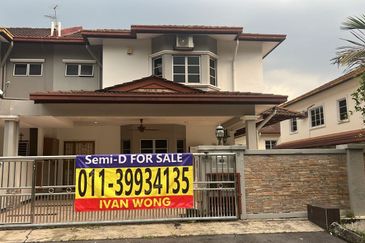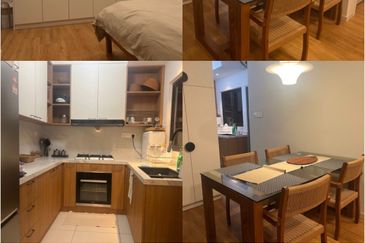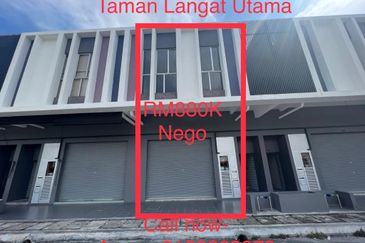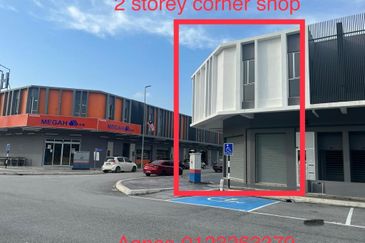
The move by the Kajang Municipal Council (MPKJ) to authorise the seizure of belongings of strata property maintenance fee defaulters of an apartment project and the subsequent auction of said chattels and movable properties has alerted the public about the severe consequences of failing to settle outstanding charges and contribution pursuant to the Strata Management Act, 2013 (SMA).
While the objective behind the seizure and subsequent public auction humiliation are for the betterment of the common living environment, questions were raised regarding limitations to the power to seize and sell movable property under the SMA.
Statutory recourse to recover outstanding charges
There are two main avenues of legal recourse for developers/Joint Management Bodies/Management Corporations (collectively referred to as Management Bodies) to recover debts from defaulters under the SMA. Prior to resorting to any of these legal avenues, the Management Bodies are required to serve a written notice to the defaulter requesting for payment within 14 days followed by a notice of demand (in Form 11 or Form 20 as provided by the Strata Management (Maintenance and Management) Regulations 2015).
If any sum remains unpaid by the defaulter, the Management Bodies may file a claim in a Court of Law or in the Strata Management Tribunal. Once an Award is given by the Tribunal, it is a criminal offence if the person named in the claim does not comply with the Award.
Alternatively, the Management Bodies may recover the sums due by seizure and attachment of the chattels and movable properties within the defaulter’s unit.
The SMA allows the Management Bodies to attach any chattels and movable properties belonging to the defaulting proprietor which may be found in the unit or elsewhere in the State. This means two things, namely:-
a) that the property subject to attachment are not limited to those property situated inside the premises of the defaulters within the stratified property but also in other places located within the same State; and
b) that if the parcel is occupied by a tenant, the Management Bodies do not have the power to seize the tenant’s belongings. However, some may deliberately choose to levy seizure of those properties within the premises with the liberty to the tenant/occupier to seek release after producing documentary proof of ownership. The issue of burden of proof will thus arise.
Unlike Singapore, the SMA does not allow the Management Bodies to sell the parcels belonging to the defaulters to recover sums due to the Management Bodies.
The SMA does not specify the kind of movable property that can or cannot be seized and auctioned off. This may be interpreted to mean that all chattels and movable properties belonging to the defaulters can be subject to attachment under the SMA. This interpretation is unsatisfactory and does not take into account the livelihood of the defaulters and his family.
In fact, Section 3 of the Debtors Act, 1957 contains provisions which expressly exclude certain types of movable property from attachment, seizure or sale. Among them are:
a) the wearing apparel, cooking vessels, beds or bedding of the judgement debtor, his wife and children, and the tools and implements of his trade to the value of RM200 in all; and
b) the tools of artisans or, where the judgement debtor is an agriculturalist, his implements of husbandry and such cattle and seed-grain or produce as may in the opinion of the court be necessary to enable him to earn his livelihood as such.
Similarly, Section 8 of the Distress Act, 1951 which is applicable in cases of recovery of rent by the landlord in a landlord-tenant situation, also contains provisions on the types of property which are exempted from seizure.
They include inter alia:
a) the tenant’s necessary wearing apparel and necessary bedding for himself and his family;
b) tools and implements where there is other movable property in the premises sufficient to cover the amount due and costs; and
c) goods in the tenant’s possession which are to be dealt with in the ordinary course of his trade or business
It follows that the gas tank, rice cooker, stove, pot, bed, cutlery, clothing, utensils and such ought not to be seized.
These safeguards are necessary to ensure that the debtors and his or her families will still be able to fulfil their basic needs in case of attachment, seizure and sale.
When can the Warrant of Attachment be executed?
The SMA does not specify the time to execution by attachment. Ideally, the warrant of attachment shall be executed on a weekday between 9.00am to 4.00pm. This is consistent with the provision found in the Rules of Court, 2012 which is applicable to writ of execution of judgement debts. The Management Bodies should seek written approval of the Commissioner of Buildings (COB) should they choose to execute the warrant beyond the ‘permitted hours’.
Forcible entry
Unless it is a matter of life and death, or in the event of an emergency, Management Bodies should refrain from exercising forcible entry into other people’s abodes. There are dire consequences should one be overzealous in adopting this mode.
How soon will a Public Auction be carried out on the attached property?
Movable property can be sold by public auction as soon as the expiry of 14 days from the date of attachment if the sums due are not settled. For property of perishable nature, the same may be sold at once. Before an auction is conducted by a licensed auctioneer, public notice proclaiming the details of the sale, e.g. date, time and place at which the intended sale is to be held, shall be given at least seven days before the sale.
What can the defaulters do if his/her property is attached?
If any person whose property is attached disputes the legality of the attachment, he may, within 14 days of the date of attachment, apply to the Magistrate’s Court for an Order for the release of the property.
Alternatively, if the parcel owner or proprietor, or any person on his behalf, pays the sums due together with the costs of the attachment and sale incurred up to date, the attachment of the property shall cease.
Conclusion
The power of seizure and sale was previously available exclusively to creditors who have obtained Judgment from the Court of Law and Local Authority seeking to recover arrears of assessment rates. The power of attachment given to the Management Bodies under SMA is thus an improvement from the earlier legislation.
This power is certainly an efficient way to encourage defaulters to settle their dues. The seizure conducted by MPKJ has apparently sent a strong message to all defaulters. According to media reports, following the seizure and auction, the average payment collection rate for that particular apartment has spiked to 78% from the previous low of 45%.
Having said that, power to attach movable property is a drastic one. Perhaps, good practices and a set of standard operating procedures can be devised by the COB to ensure this power is not abused by any party.
Datuk Chang Kim Loong is the Hon. Secretary-General of the National House Buyers Association (HBA).
HBA can be contacted at: Email: [email protected]
Website: www.hba.org.my
Tel: +6012 334 5676
This story first appeared in the EdgeProp.my pullout on Oct 11, 2019. You can access back issues here.
TOP PICKS BY EDGEPROP
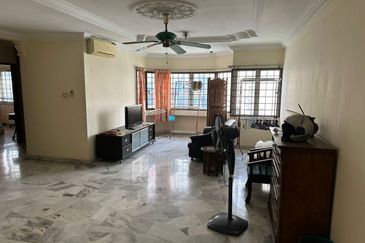
De Tropicana Condominium
Kuchai Lama, Kuala Lumpur
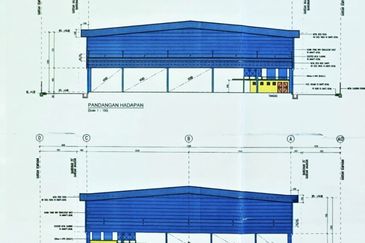
Telok Panglima Garang Industrial Zone
Telok Panglima Garang, Selangor
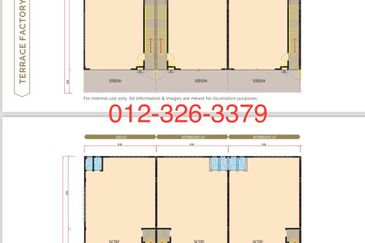
Sungai Rampai Terrace Factory
Telok Panglima Garang, Selangor

COMPASS @ Kota Seri Langat
Banting, Selangor
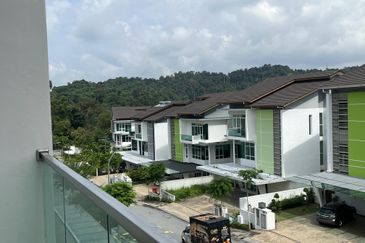
Kinrara Residence
Bandar Kinrara Puchong, Selangor

Taman Suria Warisan @ Kota Warisan
Sepang, Selangor

